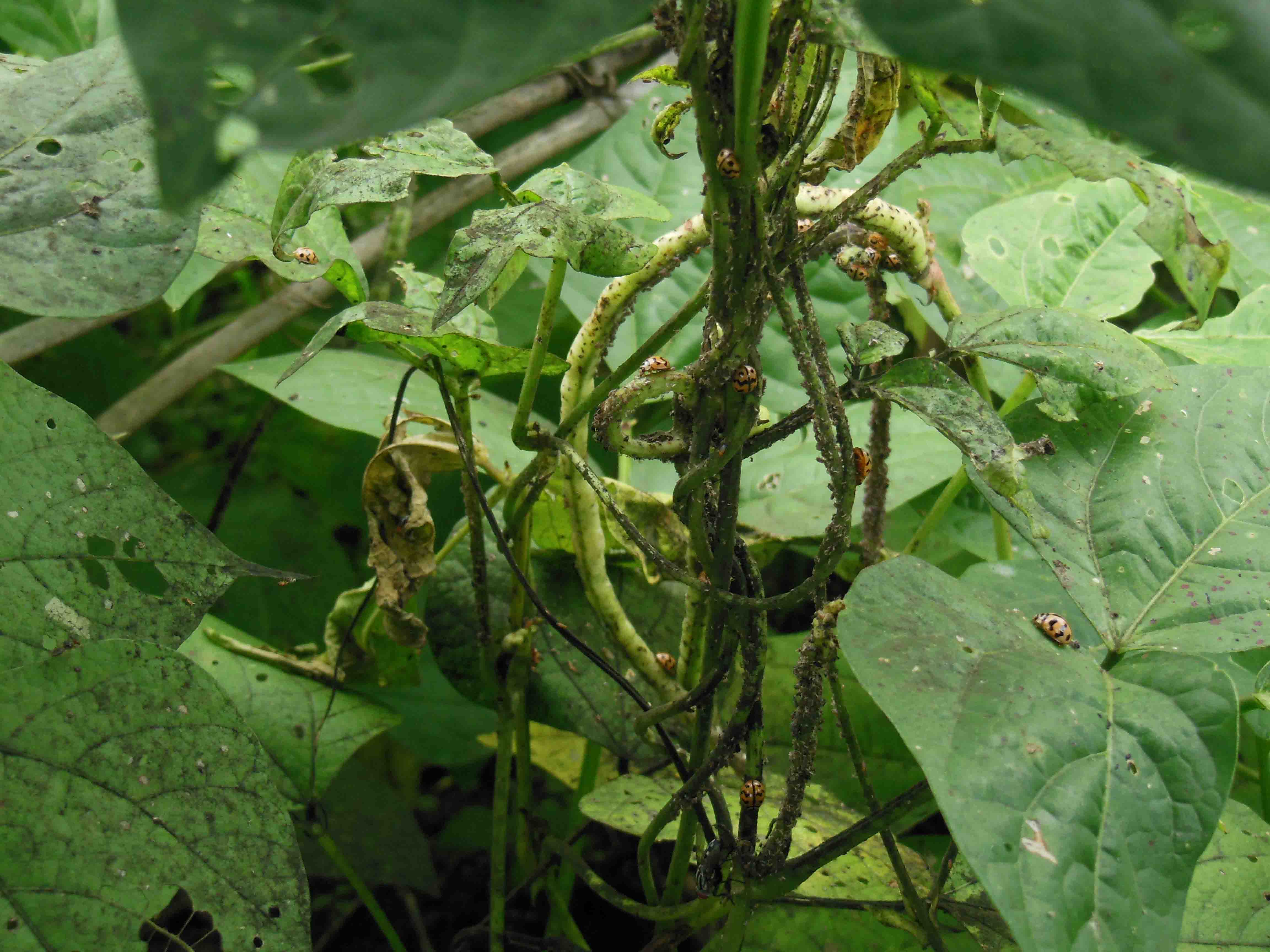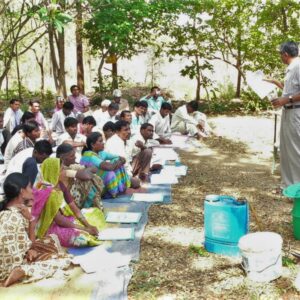Modern conventional chemical agriculture is fighting a losing battle with the forces of nature. When pesticides were introduced, even in small doses, farmers could get the desired results. However, as pests became pesticide-resistant, farmers began to use more lethal and toxic pesticides. In fact, today, new insects are reportedly turning into pests.
On top of that, specific notorious and uncontrollable pests are being targeted by genetically modified seeds, wherein the crop plants are injected with a gene from a microbe found in the soil. Bt sprays (Bacillus Thuringiensis, used as a microbial pest control agent) were already used as a pesticide but now has been genetically modified and has entered the system of the plant.
While Bt sprays, controlled the Helicoverpa–a moth that feeds off new plants, especially cotton–and gave better yields, even this golden story is beginning to fade. That’s because it’s increasing the need for pesticides. It’s also converting secondary pests like sucking insects into primary pests, at least in Bt Cotton.
THE SELF-HEALING, SELF-RELIANT CROP
Chetana-Vikas encourages farmers to use seeds that are appropriate for their environment, and therefore, more equipped to fight or ward off possible pest or disease attacks. More so because these seeds were selected on the basis of their resistance to pests and diseases, apart from their yield potential. This holds true even in plant varieties and plant materials of fruit crops, tubers and vegetables.
Having a rich biodiverse field with mixed-cropping and intercropping established a system that mimics the concept of balance in nature and gives vast scope for production. It also increases the possibility of useful insects which eat or destroy harmful pests. Farmers say the more the diversity, the less the need to use external inputs to control pests and diseases.
Using herbal preparations like garlic-chilli, neem, cattle-urine, rancid buttermilk is also recommended. For persistent pests, many low-cost and tech-based methods have shown new ways to control pests or diseases without the use of toxic pesticides, for example, Helicoverpa on pigeon pea and mealybugs on Ziziphus jujube.
Research & Innovations
- Developing Integrated non-pesticide technology, based on resistant varieties, the health of soil and cropping system, agrobiodiversity, trap crops – for about 40 different food & cash crops.
- Particular work on Helicoverpa (a polyphagous notorious pest), fruit fly, mealybugs.
- More research is needed to tackle pests and diseases, especially on vegetable crops. That will help reduce a farmer’s expenses and also ensure safe food for the citizens of our country, and more importantly, for the producers themselves.
Future Plans
- Suitability and effectivity trials on bio-formulations which are self-reliant, bio-control measures by parasites and predators.
- Identification and propagation of new resistant varieties in about 10 crops.
- Search for effective control of upcoming viruses on pulse crops (legumes, like pigeon pea, green gram, black gram, soybean, cowpeas, chickpea etc).
- Extension of appropriate techniques to people at large from the local area and at least 5 States of India.












